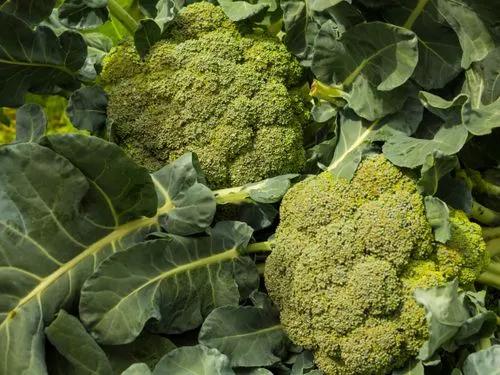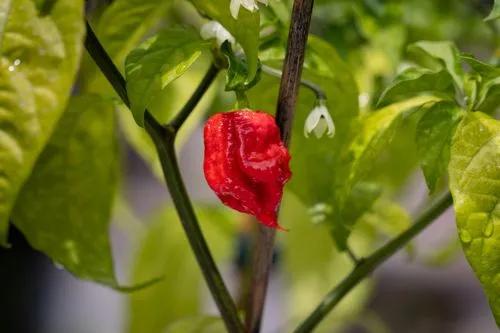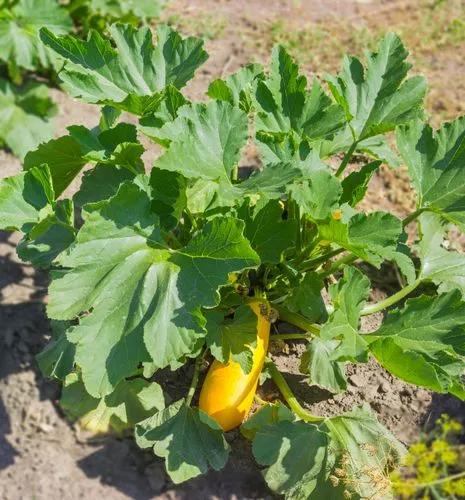Ornamental Peppers are easy to care for and produce a variety of colorful fruits and foliage, making them a vibrant addition to any garden. They continue to bear fruit from mid-spring to fall and create an attractive display with their bushy green leaves and clusters of colorful berries.
Ornamental Pepper Care
Capsicum annuum cultivars
Other names: Christmas Pepper Plant, Cayenne Pepper



These cool peppers, often treated as annuals, produce a range of colorful fruits resembling pearls or Christmas lights. They come in various shades, and their foliage is available in blue-green or purple-burgundy hues, but don’t get fooled by its pretty looks – the leaves are quite toxic, especially to pets. With a typical height and width of 6 to 12 inches (15-30 cm), these plants feature pink, purple, or white blooms and can be grown in containers, making them low-maintenance options for garden displays.
How to Care for the Plant

Water

Water deeply when the soil's surface feels dry, aiming for a moisture level similar to that of a wrung-out sponge. Container plants require frequent checks for water due to quicker drying, while excessive wetness can lead to rot.

Pruning

Prune by pinching off the growing tips to maintain a compact form and encourage bushier growth. Some varieties benefit from early pinching to promote good branching, while others may not require it. Additionally, distinguish between determinate and indeterminate varieties, as determinate types produce a single fruit set and are often treated as disposable plants, while indeterminate types continuously bloom and fruit until frost.

Fertilizer

To support the development of blooms and fruits, regularly feed Ornamental Peppers with a 5-10-10 fertilizer, rich in phosphorus and potassium. Apply the fertilizer as a side-dressing when the fruit initially appears and again about 6 weeks later.

Sunlight

For ornamental peppers to thrive and produce ample fruit, they require full sun. This is crucial for ensuring healthy plants and a bountiful crop. 6-8 hours of direct sunlight will do nicely.

Soil

For optimal growth, plant in slightly acidic, well-drained, and nutrient-rich loamy soil. Aim for a soil pH between 6.0 and 6.8 to ensure thriving plants. Generally, store-bought mixes for ornamental plants should do fine here.

Propagation

If you want to propagate from stem cuttings, it's best for regions with mild winters or as a houseplant. Here's how to do it: choose a healthy stem, cut a 5-inch (12.5 cm) section with two leaf nodes, strip the lower leaves, dip in rooting hormone, plant in well-draining soil, keep it moist, and transplant it after about 8 weeks when it's grown a bit.

Temperature

Ornamental Peppers prefer temperatures above 75°F (24°C) for robust growth, while excessive heat above 90°F (32°C) during flowering may cause blossom drop. However, the plants typically recover once temperatures moderate. Humidity levels are not a significant concern for their growth.

Container

Opt for containers with good drainage, at least 6 to 8 inches (15-20 cm) in diameter, filled with well-draining potting mix. Keep in mind that these plants may require more frequent watering and fertilization compared to those in the ground. Additionally, as they are annuals, repotting won't be necessary.

Fun fact

The plants provide both ornamental beauty and culinary intrigue, featuring edible fruits in an array of colors and heat levels, ranging from mild to extremely hot. Their vibrant fruits last well into fall, making them a favored choice for adding long-lasting bursts of color to gardens, balconies, and indoor spaces.

Popularity

72,345 people already have this plant 2,765 people have added this plant to their wishlists
Discover more plants with the list below
Related articles






